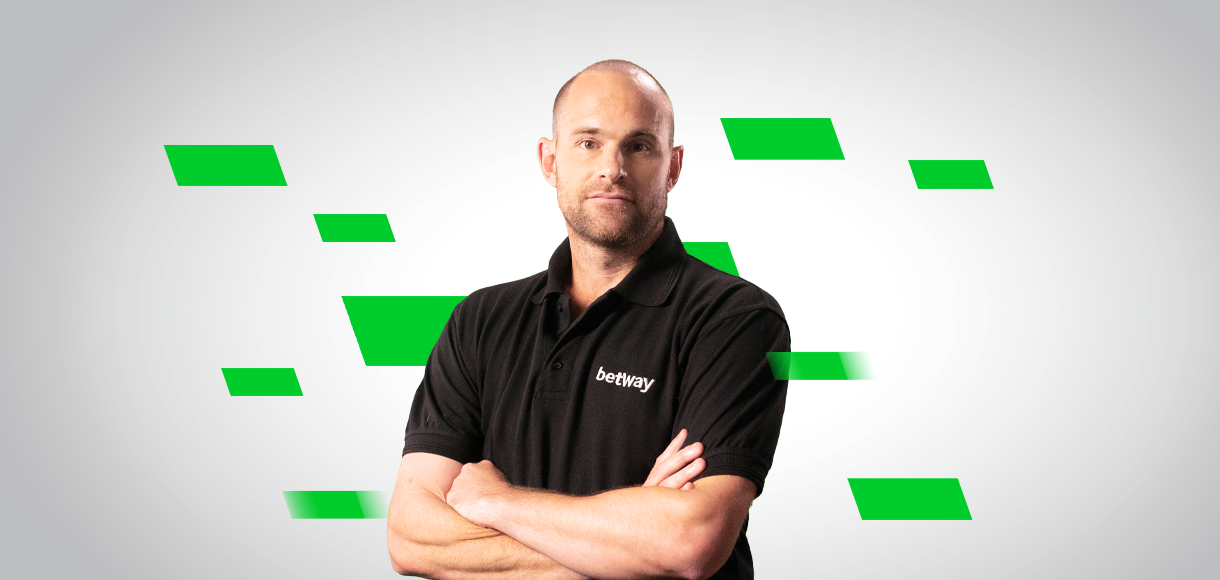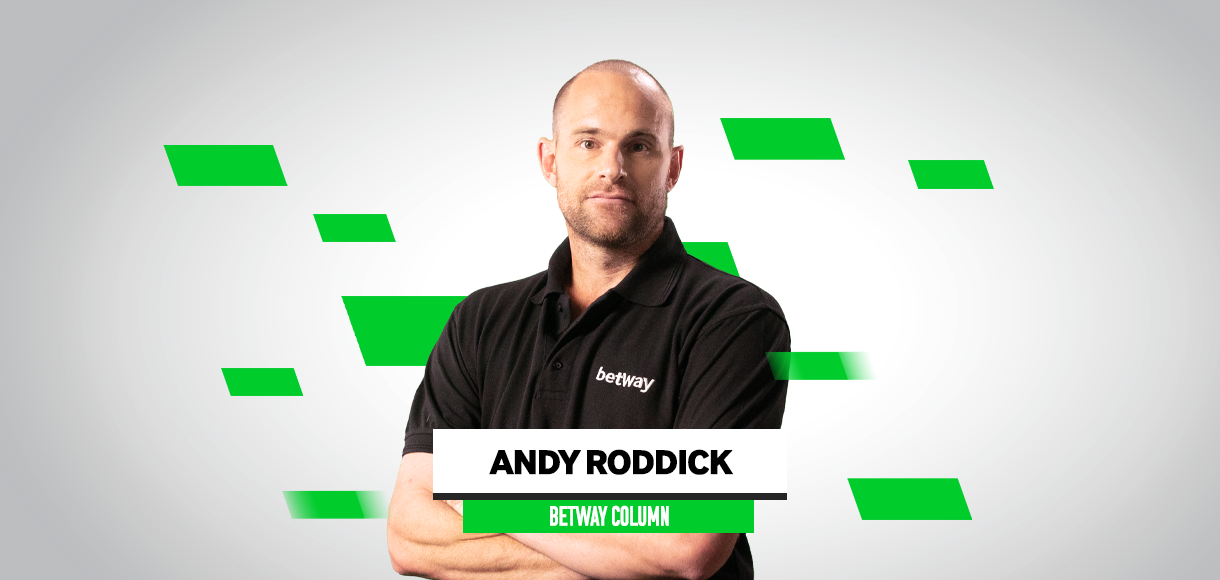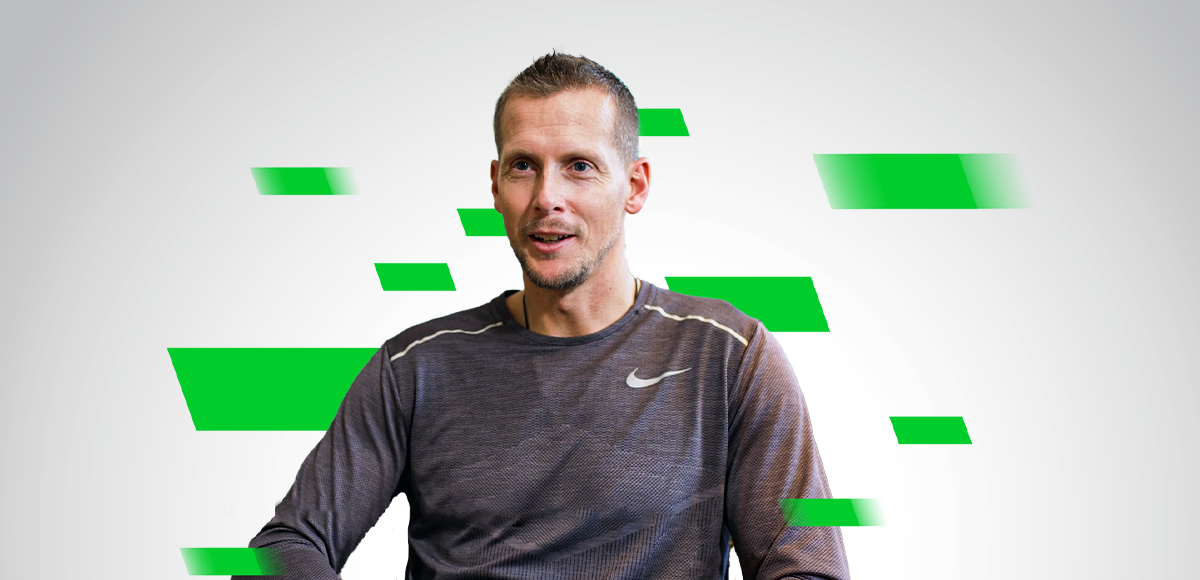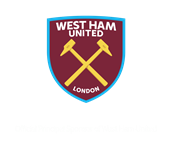Analysing the Big Three's record at the ATP Tour Finals
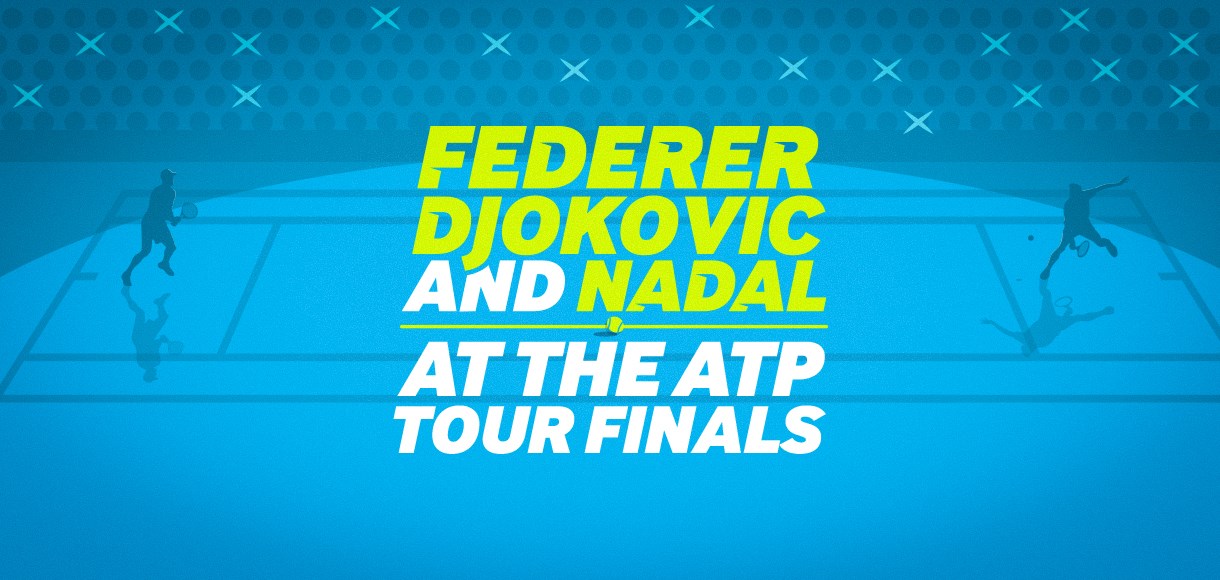
We analyse Roger Federer, Novak Djokovic and Rafael Nadal at the end-of-season event, including their head-to-heads and the impact of the conditions.
Roger Federer, Rafael Nadal and Novak Djokovic first all competed at the ATP World Tour Finals in 2007. Twelve years on, it’s possible that the 2019 edition of the tournament will be the last one to feature all three of tennis’ greatest players.
Federer, who is the joint-second favourite to win the competition in the latest tennis betting, has already pushed the boundaries in terms of career longevity, while Rafael Nadal’s injury record means that there are no guarantees about his long-term future.
The trio have played 16 matches and 32 sets against each other at the season-ending event. Between them, they have delivered 11 titles, and helped to transform the tournament from an end-of-season hit into one of the sport’s most prestigious titles.
We broke down their head-to-head numbers and analysed whether they have dominated the Tour Finals like they dominate grand slams.
HEAD-TO-HEAD
Federer, the oldest of the trio, had three attempts at winning the ATP Tour Finals (winning twice) before either Djokovic or Nadal were involved, so it is no surprise the Swiss has won it most often.
The 38-year-old has played this event 14 times overall, winning on six of those attempts (42.9 per cent).
Djokovic’s numbers are even better, winning the title on five of 11 attempts (45.5 percent).
All of those victories came when Federer was competing, though Nadal only featured in two of them.
Nadal, surprisingly, has not won the event in eight attempts, although he has never competed in one when either of the other two have been missing.
Federer has won three of the six Tour Finals that the trio have all played in, with Nikolay Davydenko winning the other in 2009.
Djokovic’s head-to-head record stacks up for individual matches as well.
The Serb leads Federer 4-2 in match-ups at this event, though one of those was the 2014 final when the Swiss pulled out beforehand because of injury.
Djokovic also beats Nadal on head-to-head, 3-2 in this instance, and has won both of their meetings since 2010.
Taking all of this into account, Djokovic should be considered the greatest of the three in the Tour Finals.
CONDITIONS
Djokovic also boasts a superior head-to-head record against both Federer and Nadal in hard-court majors, suggesting that suitability to the surface is the biggest deciding factor in winning the Tour Finals.
The Serb leads Federer 6-4 in head-to-heads at the US Open and Australian Open combined, and is beating Nadal 3-2 across the same events.
The impact of the Tour Finals being an indoor tournament is proved by Federer’s head-to-head record against Nadal, though.
The Swiss is renowned for his indoor record. The lack of wind ensures that conditions remain consistent, so hitting through the line of the ball and hand-eye co-ordination are attributes that flourish.
It explains why he is trailing 3-1 to Nadal in hard-court majors but beating him 4-1 in the Tour Finals.
It also seems that Nadal, who has also struggled with injuries most of the three, is the one most affected by the Tour Finals being an end-of-season event.
The Spaniard suffers from a disorder called Kohler’s feet – an irregularity in growth and development of the tarsal navicular bone in the foot – as well as suffering from chronic knee issues. He also underwent ankle surgery in November 2018.
At the end of a long season, those issues are exacerbated. That explains why he has only competed in eight Tour Finals – Federer has played in 14 and Djokovic in 11 – and not won any of them.
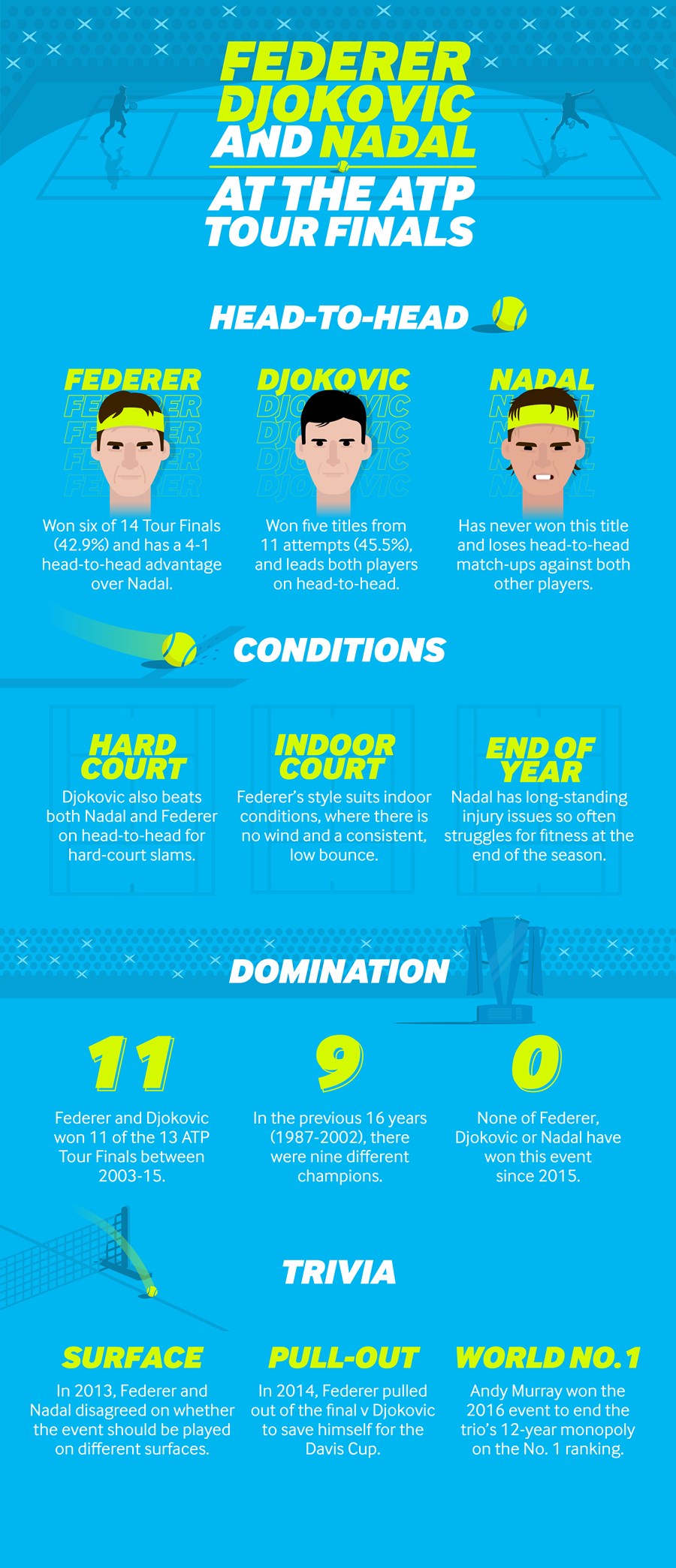
DOMINATION
The domination that Federer and Djokovic have enjoyed in this competition since 2003 is shown by comparing it to the 16 years beforehand.
In the period between 2003-2018, just seven players won the Tour finals, with David Nalbandian, Davydenko, Andy Murray, Grigor Dimitrov and Alexander Zverev winning one each.
Federer and Djokovic’s superiority was even more impressive after the 2015 edition, when they had won 11 of the last 13 available titles.
In the previous 16 years between 1987-2002, there were nine different champions. Pete Sampras won it five times, but defended it just once, while Boris Becker won three of them.
Four players won it in five years between 1998-2002, but it took another seven years for another four – Federer, David Nalbandian, Djokovic and Davydenko – to lift the title.
TRIVIA
Whether the Tour Finals should always be played on an indoor hard court is a regular source of debate.
The last time that the event wasn’t played on hard court was in 1974, but the question intensified in 2013 when Federer and Nadal went public in their disagreement on the issue.
Nadal – whose favourite surface is clay – challenged the status quo, saying: “A good player has a chance to qualify for the Tour Finals four or five times in his career.
“If during this four years you have a different surface every year, a minimum one time he will have the chance to play on his favourite surface”.
There are clear drawbacks to the plan. Players would have to immediately acclimatise to clay after months of playing on a hard court and there are challenges with the climate, but it would probably be fairer for everybody.
Federer – an indoor, hard-court specialist – went the other way.
“I just feel indoors doesn’t have enough play,” he said. “The indoor season is small. I believe indoors deserves a huge event, which this one is.”
Indoor courts don’t have feelings, Roger, but ticket-holders for the 2014 final did.
Federer pulled out of that match against Djokovic with a back injury, apologising in person to the crowd at the O2 Arena.
“I’m sorry I’m not fit to play,” he said. “I did everything I could. I took pain-killers, had rest until the very end, but I just cannot compete at this level with Novak.
“At my age it would have been a risk.”
So it was a surprise to see Federer representing Switzerland at the Davis Cup just five days later, playing six singles sets and three doubles sets in three days to help them win the competition for the first time.
Murray rushed to the O2 to replace Federer and take on Djokovic in an exhibition set for the crowd that Sunday, and was rewarded by the tennis gods when he ended the trio’s monopoly on the No. 1 world ranking just before the Tour Finals two years later.
The Scot was already top of the pile heading to London, but would have surrendered the position had he lost the final against Djokovic.
A two-set victory ensured that he ended 2016 officially as the best player in the world, although all three of Federer, Nadal and Djokovic have since reclaimed the crown.











